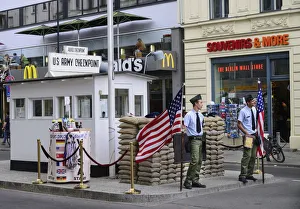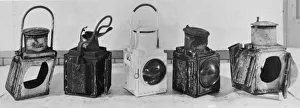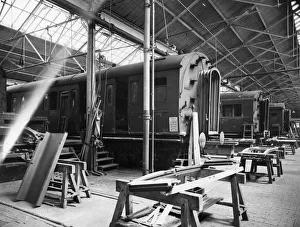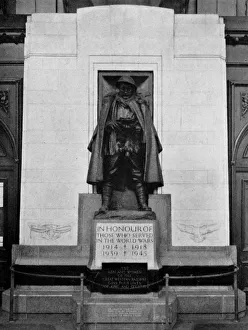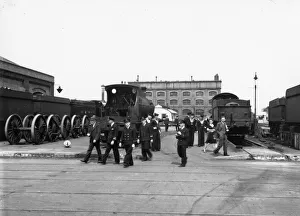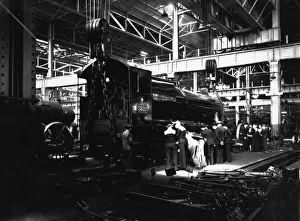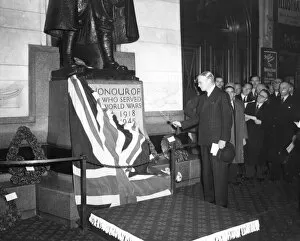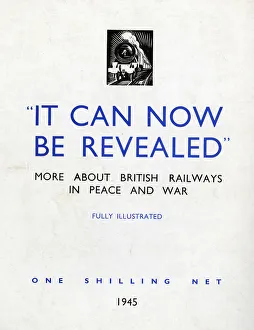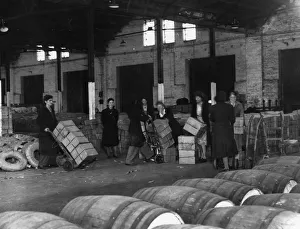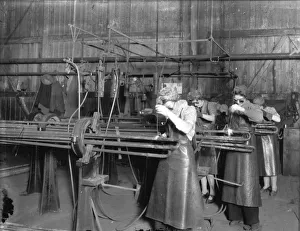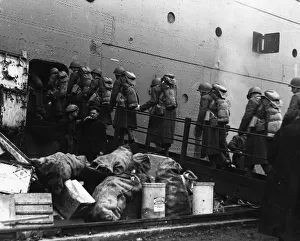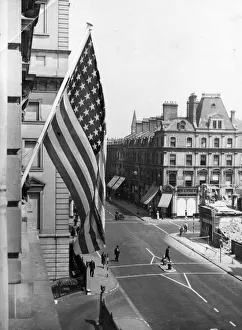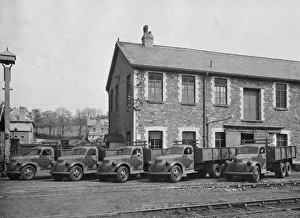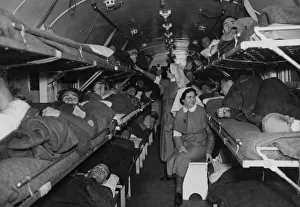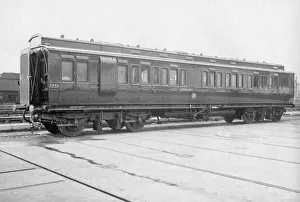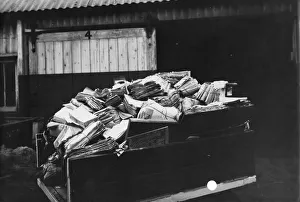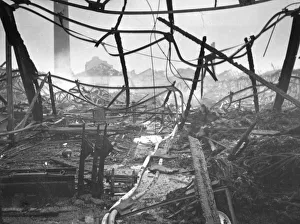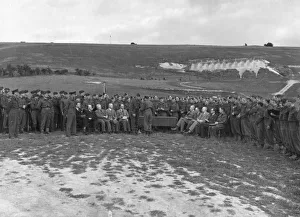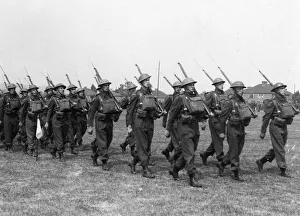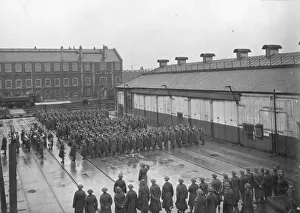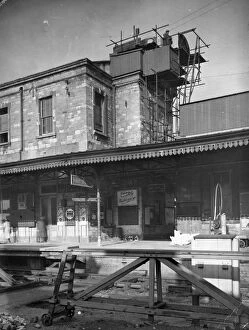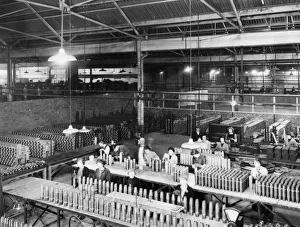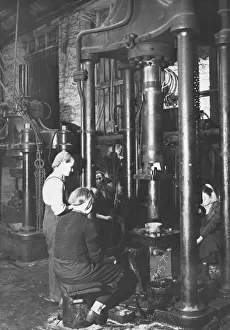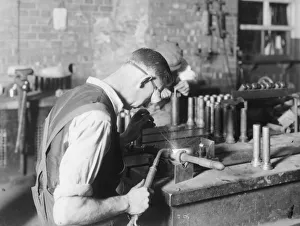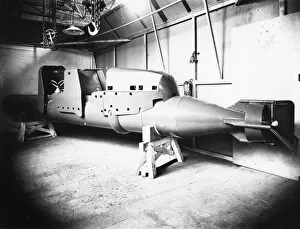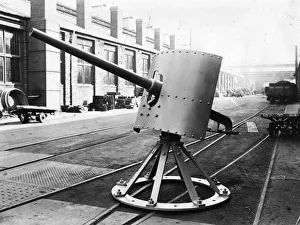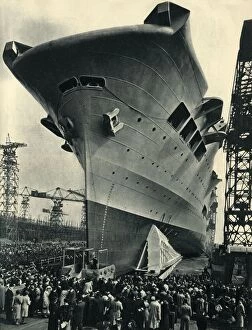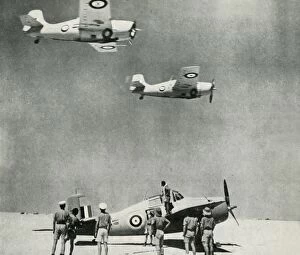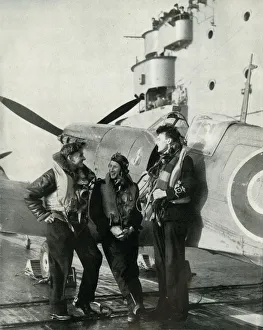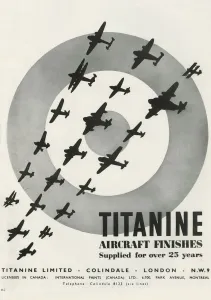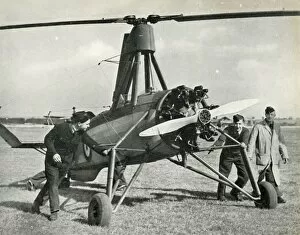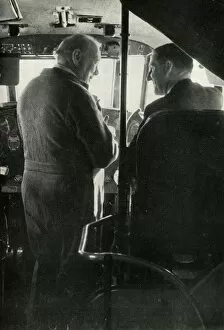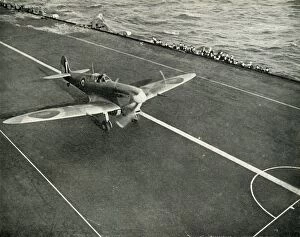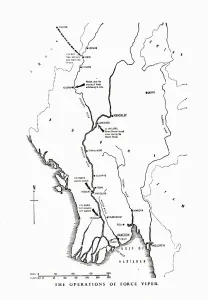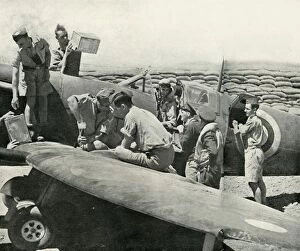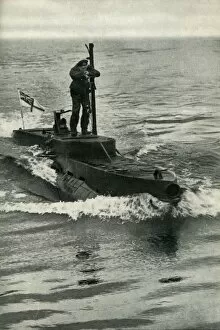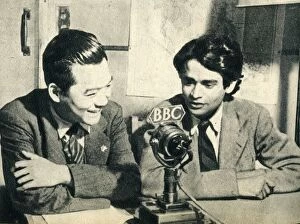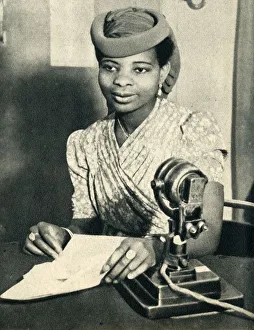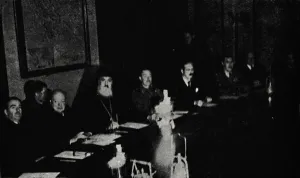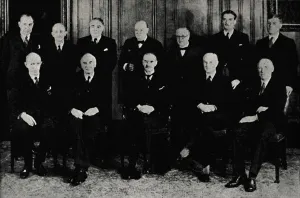World War 2 Collection (page 17)
"World War II: A Glimpse into the Triumphs and Struggles of a Global Conflict" St
All Professionally Made to Order for Quick Shipping
"World War II: A Glimpse into the Triumphs and Struggles of a Global Conflict" St. Paul's Survives: Amidst the chaos, London's iconic cathedral stands tall as a symbol of resilience during World War II. Winston Churchill's V for Victory Sign, 1942: The indomitable leader inspires hope with his iconic hand gesture, rallying nations against tyranny. Red Army Soldiers Raise Soviet Flag over Reichstag in Berlin, Germany, April 30, 1945: A powerful image captured by Vladimir Grebnev marks the end of Nazi rule and victory for the Allies. USA B-17 Bomber Aircraft Cockpit in Salinas, California: The nerve center where brave pilots embarked on perilous missions to secure freedom from above. The Renown, Ark Royal, and Sheffield c1939-1941 (1942): Unknown creators immortalize these mighty warships that played crucial roles in naval battles across oceans. Lancaster Bomber with Spitfire Fighter Planes at Goodwood Revival 2011: An awe-inspiring sight showcasing aerial prowess and teamwork during wartime aviation operations. Westland Lysander 1941: This mysterious aircraft served valiantly behind enemy lines as part of covert operations throughout World War II. LMS Coach No. 6204 Converted to an Ambulance Train Car in 1939: Witnessing humanity amidst conflict as medical personnel transformed trains into lifelines for wounded soldiers. Runway Perspective (Eric Ravilious) - 1941 (1944): Artist Eric Ravilious captures the essence of airfields where bravery took flight and dreams soared towards victory. Bomb Disposal Unit in Action: Unsung heroes risked their lives daily to defuse deadly explosives left behind by enemy forces—a testament to courage under fire. The 8th Army Commander Bernard Law Montgomery, 1942.

